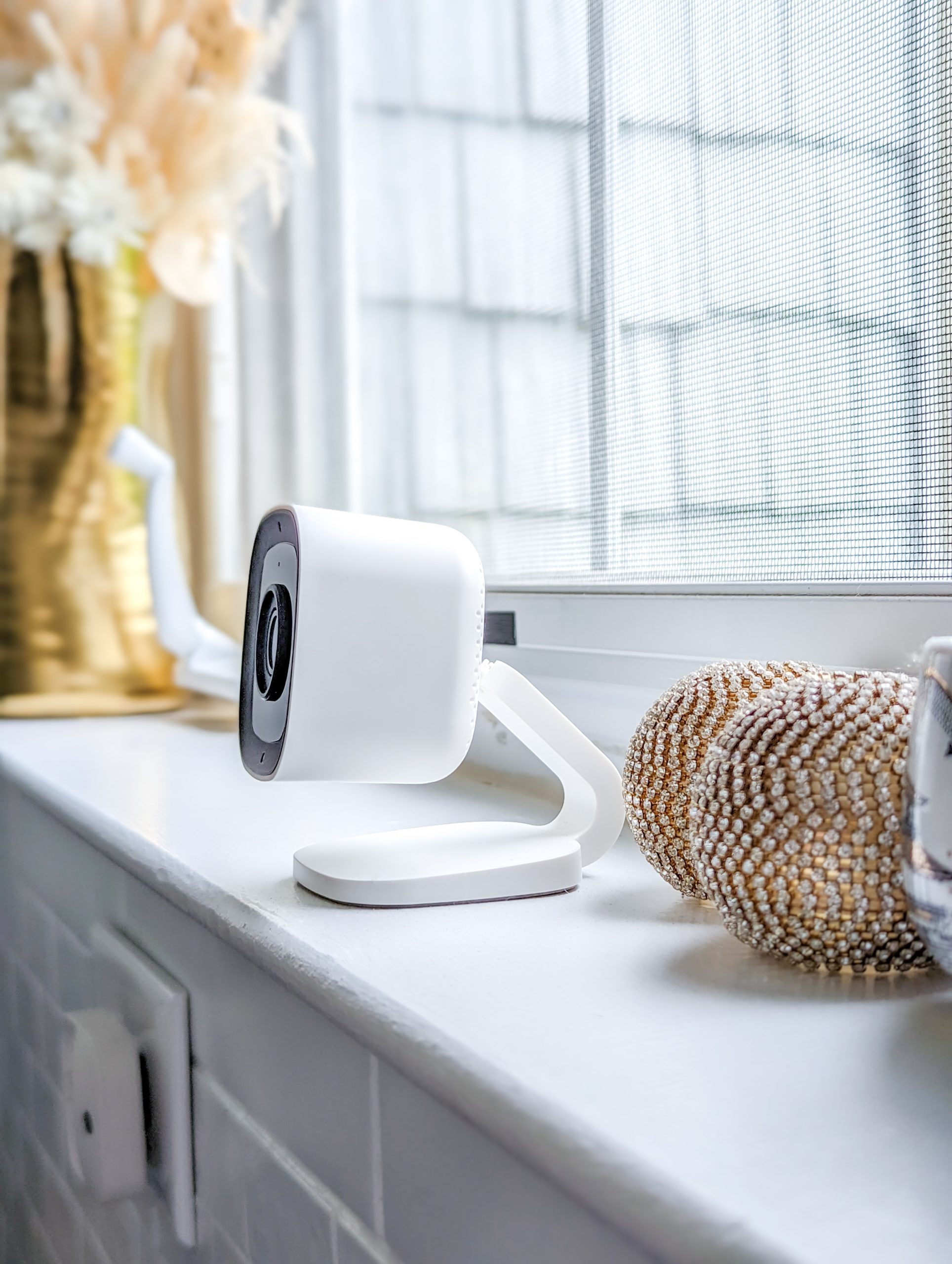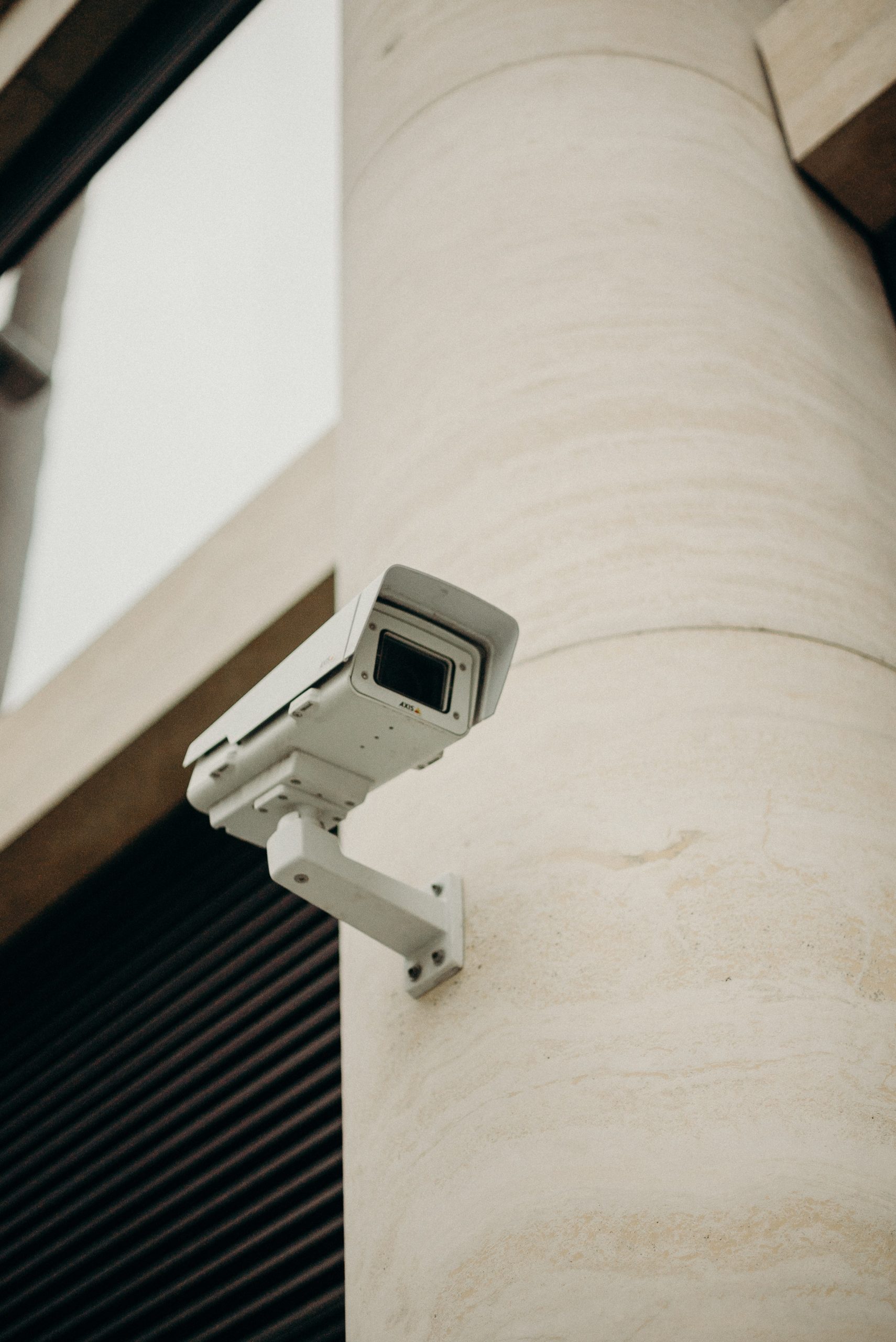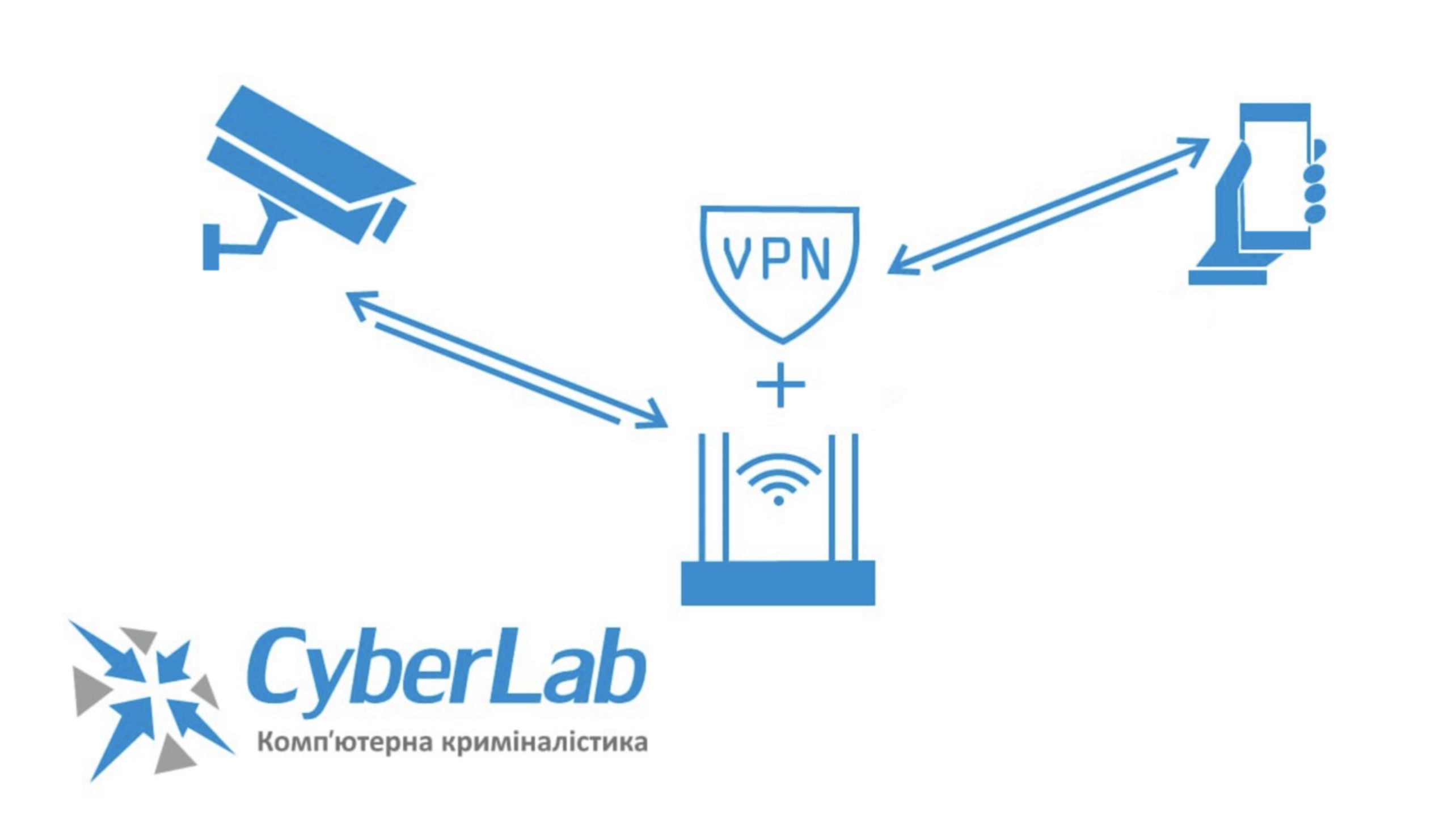In the modern world, surveillance systems have become an integral part of security strategies for governments, businesses, and individuals alike. Installing surveillance systems reduces the risks of crimes and serves as a deterrent.
A typical surveillance system consists of cameras and a video recorder. Modern systems allow for remote monitoring and viewing of live feeds over the Internet, involving another component, which is the router. Recently, IP cameras have gained popularity among the general public and businesses.
Improperly configured surveillance systems or IP cameras can become easy targets for hackers. Once they gain access to these systems, hackers can use the recorded footage for surveillance, gather compromising information, or monitor whether the premises are occupied, potentially leading to criminal activities.
It’s also important to note that during times of conflict or war, adversaries increasingly utilize unprotected surveillance systems and IP cameras as tools for gathering intelligence.
To reduce the risks of unauthorized access to your surveillance system or IP cameras, you should follow these basic rules:
Avoid installing cameras in inappropriate places, such as bedrooms, bathrooms, or changing rooms, as these can violate privacy.
Change the default usernames and passwords on your devices. Default login credentials are often publicly available on manufacturers’ websites. Ensure your password contains a mix of letters, numbers, and symbols.
Keep your surveillance system’s firmware and software up to date. Manufacturers release updates that often include security fixes. Regularly check for updates, especially for routers, which can be vulnerable points of access.
Be cautious about where you connect to your surveillance system remotely. Avoid using public Wi-Fi networks, like those in cafes or stores, as they may lack proper security measures. Hackers can intercept your traffic and potentially gain access to your surveillance system.
Consider using a Virtual Private Network (VPN) for remote access. VPN connections provide a secure way to connect to your home network from anywhere in the world. When using a VPN, you are the sole entity with access, ensuring higher security.
It’s important to remember that achieving complete security is nearly impossible, but following these recommendations can significantly reduce the risk of unauthorized access and help safeguard your private data and confidential information.
Additionally, remember that security is an ongoing process. Periodically review your information systems and configurations to protect against emerging threats.





